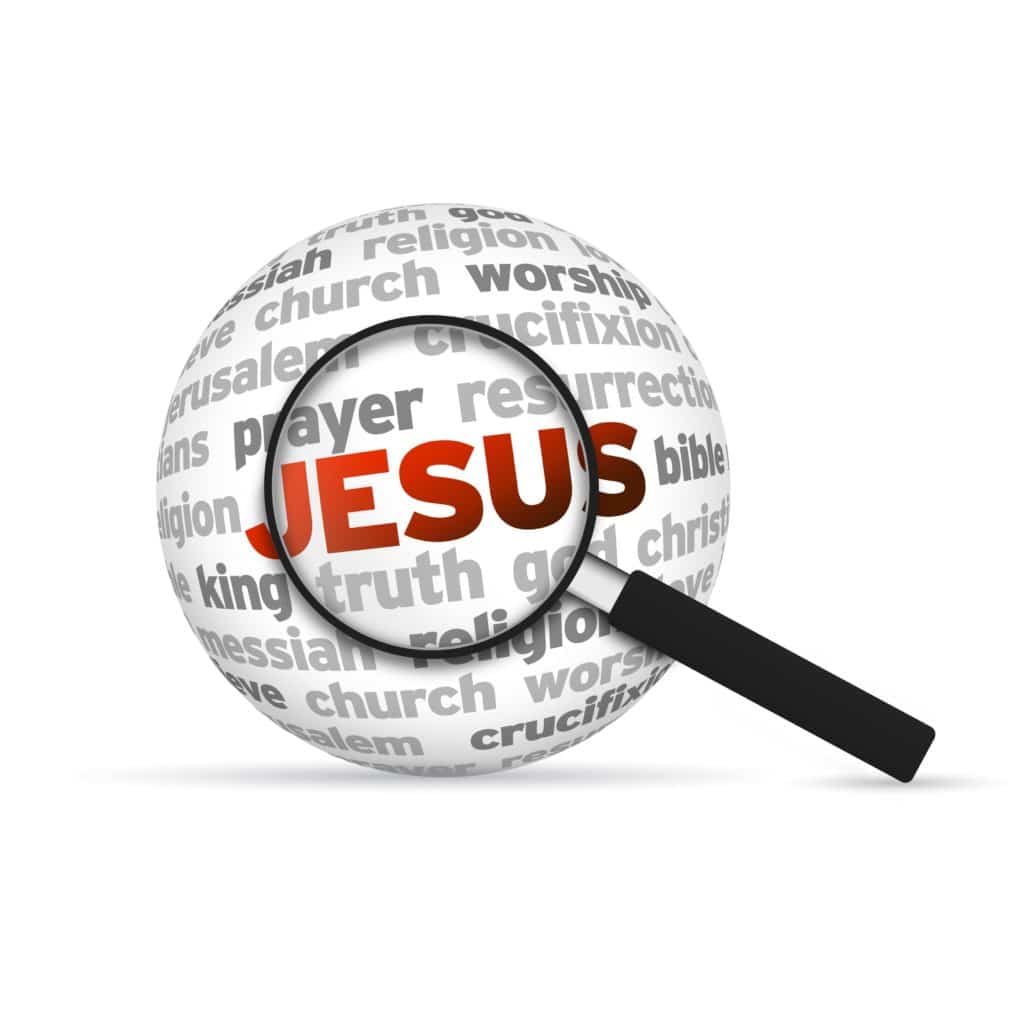Preparing for Easter

For those Online Bible Institute students preparing for Easter celebrations, here are five biblical passages to help with sermon preparation. Crafting an Easter sermon involves weaving the narrative of hope, sacrifice, and victory over death.
Matthew 28:5-6: “The angel said to the women, ‘Do not be afraid, for I know that you are looking for Jesus, who was crucified. He is not here; he has risen, just as he said. Come and see the place where he lay.'”
This passage from Matthew’s Gospel is at the heart of the Easter message. It announces the resurrection of Jesus, affirming the fulfillment of his prophecy and the victory over death. A sermon can explore themes of fear, faith, and the transformative power of the resurrection, encouraging believers to seek and witness the evidence of God’s promises fulfilled.
1 Corinthians 15:55-57: “Where, O death, is your victory? Where, O death, is your sting? The sting of death is sin, and the power of sin is the law. But thanks be to God! He gives us the victory through our Lord Jesus Christ.”
Paul’s letter to the Corinthians offers a triumphant declaration of victory over death and sin through Jesus Christ. This passage is perfect for an Easter sermon that emphasizes the defeat of death and the gift of eternal life. It can inspire the congregation to live in the victory and freedom that comes from faith in Christ.
John 20:19-20: “On the evening of that first day of the week, when the disciples were together, with the doors locked for fear of the Jewish leaders, Jesus came and stood among them and said, ‘Peace be with you!’ After he said this, he showed them his hands and side. The disciples were overjoyed when they saw the Lord.”
The appearance of Jesus to his disciples after his resurrection brings a message of peace and joy. This passage can form the basis of a sermon that speaks to the peace that Christ brings into our lives, even amidst fear and uncertainty. It’s an invitation to experience the joy of the resurrected Christ and share it with others.
Luke 24:30-31: “When he was at the table with them, he took bread, gave thanks, broke it, and began to give it to them. Then their eyes were opened and they recognized him, but he disappeared from their sight.”
This account of the disciples’ recognition of Jesus in the breaking of bread on the road to Emmaus can be used to discuss themes of revelation, communion, and Jesus’ presence in our lives. It encourages believers to seek and recognize Jesus daily and to remember his presence in the Eucharist.
Acts 10:40-43: “God raised him from the dead on the third day and caused him to be seen. He was not seen by all the people, but by witnesses whom God had already chosen—by us who ate and drank with him after he rose from the dead.”
This passage from Acts emphasizes the apostles’ witness to Jesus’ resurrection. It highlights the importance of testimony and the role of believers in sharing the good news of the resurrection. A sermon based on this text can motivate the congregation to be witnesses of the resurrection’s transformative power in their own lives and in the world.
Incorporating these passages into an Easter sermon can help convey the profound spiritual significance of the resurrection. They offer a rich tapestry of themes—hope, victory, peace, revelation, and witness—that can inspire and uplift the congregation, capturing the essence of Easter’s promise of new life and eternal joy.
Steve Lawes is a Church Consultant and also provides coaching for pastors, churches, ministries and church planters.

